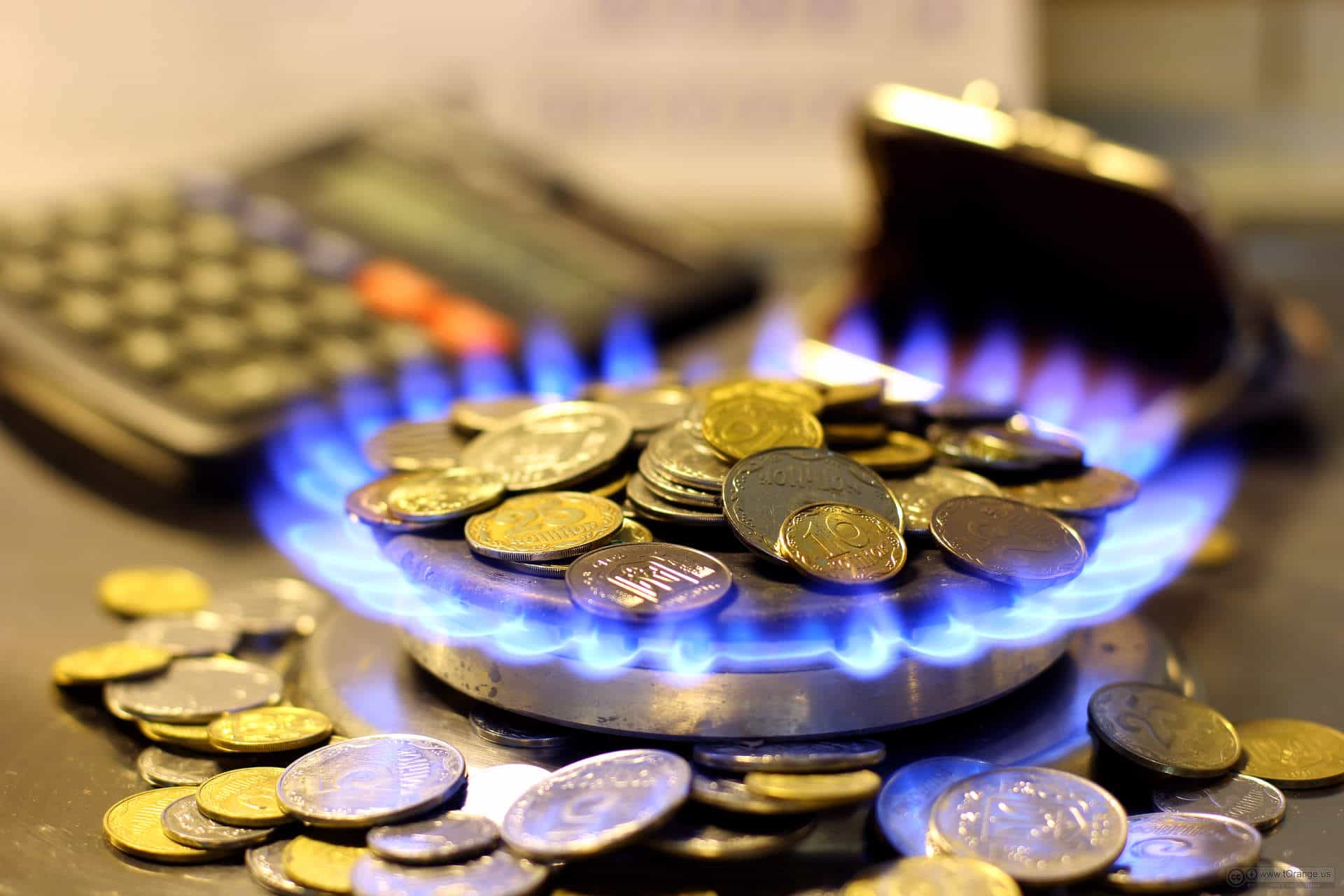The last decade has been a particularly testing time for natural gas producers because prices have been caught in prolonged slump since the Global Financial Crisis. This has caused investors to shun the industry, preferring, until late 2014, to invest in energy companies with production weighted predominantly to crude.
Supply gluts and rising production have worked together to keep natural gas prices low and fuel the pessimism that surrounds its outlook. There are, however, several trends that point to a significant uplift in the demand for natural gas, which will drive prices higher, boosting margins.
Now what?
A significant tailwind for natural gas that some analysts tend to ignore is climate change, or, more specifically, the secular trend to cleaner sources of energy.
You see, because of its high-energy content compared to other fossil fuels, natural gas burns far more cleanly, emitting roughly half of the carbon dioxide of coal as well as about a quarter less than gasoline, heating oil, and diesel fuel. Natural gas has emerged as the preferred fuel for generating electricity.
The elimination of coal from the energy mix because of its polluting characteristics has become a goal for many governments and is part of the Paris Agreement on climate change. This goal has had the greatest impact on the electricity industry, where coal is the one of the most prevalent and cheapest fuels. For this reason, electricity production is the largest emitter of carbon globally, accounting for 25% of all greenhouse gas emissions.
While investment in renewable energy has surged over the last five years to a record investment of US$285 billion in 2015, renewable energy is still incapable of cost effectively meeting global electricity demand. A key problem is that many renewables are incapable of providing a stable source of power to meet base-load demand, they can also be costlier per gigawatt hour produced.
Here’s where the advantages of natural gas become apparent.
Gas-fired power plants are capable of providing a reliable source of base-load power, giving natural gas a distinct advantage over many renewables.
For these reasons, natural gas has become the fuel of choice for electricity generation and for many governments; the provincial government of Alberta has regulated in its favour, mandating that coal-fired plants either transition to natural gas or cease all emissions by 2030. Along with Ottawa’s impending carbon tax, this has led electric utilities to develop plans to either moth-ball or transition their coal-fired plants to natural gas. This also sparked a push to build more gas-fired plants to meet the growing demand for electricity and fill the supply gap left by phasing out coal-fired power.
In the U.S. alone, there is almost 37 gigawatts of gas-fired electricity capacity expected to come online by 2018, and a similar process is underway in Canada.
The growing popularity of gas-fired power generation is apparent from the surge in demand from Asia. That demand has outstripped the ability of Australia, one of the region’s largest producers, to supply the required volumes, causing its domestic gas prices to surge.
This is particularly beneficial for Husky Energy Inc. (TSX:HSE), which has extensive natural gas operations in Asia, including the Liwan and Liuhua gas projects in offshore China and assets in Indonesia. Because of the strong demand for natural gas in Asia, Husky has been able to lock in long-term sales contracts that pay a higher price than the spot price.
So what?
The growing popularity of gas-fired power generation is a positive for Canada’s natural gas industry. Not only will it lead to higher domestic demand, but it will also spark an increase in exports to the U.S. and Asia. This will benefit natural gas producers such as Encana Corp. (TSX:ECA)(NYSE:ECA), which earns roughly two-thirds of its revenue from natural gas production. It will also benefit pipeline companies such as Enbridge Inc. (TSX:ENB)(NYSE:ENB), which is responsible for moving a fifth of all natural gas consumed in the U.S.
 Claim Membership Credit
Claim Membership Credit








